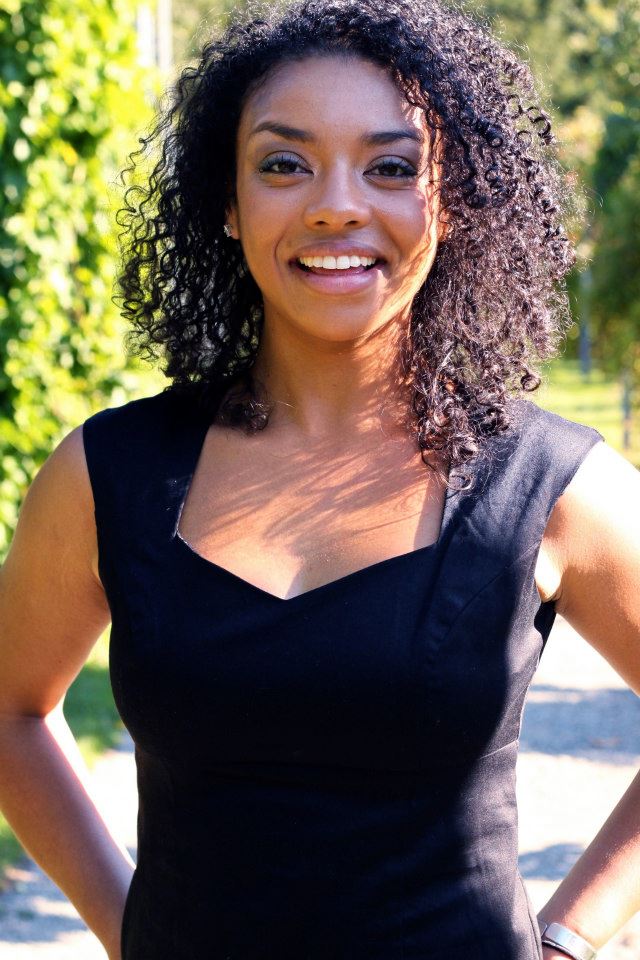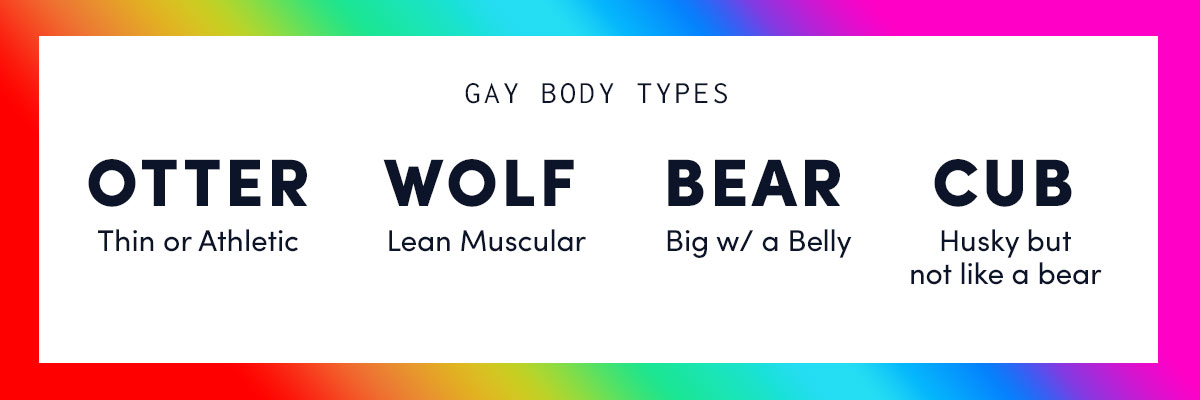Here's Some Terms You'll Probably Hear at Pride and What They Mean

By:
It's Pride Month!
Pride is an annual June celebration of LGBT people and a recognition of the political and social struggles of the past and present for LGBTQ rights, with cities across the country holding parades and other events.
Members of the LGBTQ community often bring their straight friends as allies, and there are some terms those allies may not be familiar with.
ATTN: created a list of terms related to identity that LGBTQ people may use at pride events. This is by no means an exhaustive list, just a collection of some basic terms—and not everyone agrees on the definitions or even whether the terms should be used at all. There are much more extensive lists all over the internet dedicated to LGBT terms you can research, and it may be a good idea to ask an LGBTQ friend about these words before assuming you understand the full meaning.
Terms related to gender and transgender identity:
- Gender non-conforming: People who behave or dress outside of society's expectations for their gender.
- Genderqueer: This is a general term that refers to people who have a gender that is not "normative," or does not follow the conventions of society.
- Non-cisgender: This is the opposite of cisgender, which refers to people who feel that their gender aligns with their sex at birth. Non-cisgender can have a similar meaning to transgender.
- Non-binary: People who feel that their gender is not exclusively masculine or feminine.
- Tranny: This is a derogatory term for a transgender person. Unless you are a transgender person, stop saying it! Just don't say it. It's simple.
- Two-spirit: This is a term that is often misused as alternative term for any LGBTQ person. The term is actually tied to Native American Cultures and indigenous people, and refers to gender. Duane Brayboy wrote about the two-spirit tradition in Indian Country in 2016 and how Europeans sought to destroy it. "At the point of contact, all Native American societies acknowledged three to five gender roles: Female, male, Two Spirit female, Two Spirit male and transgendered," Brayboy wrote. "LGBT Native Americans wanting to be identified within their respective tribes and not grouped with other races officially adopted the term 'Two Spirit' from the Ojibwe language in Winnipeg, Manitoba, 1989. Each tribe has their own specific term, but there was a need for a universal term that the general population could understand."
Pansexual is a term for sexual orientation that is related to gender identity issues, and it is is often confused with bisexuality. Pansexuality includes attraction to all genders, including cisgender people and transgender people.
Tiana Brinton, who attended Pride events in Los Angeles, said she is technically pansexual but she's not big fan of the term.
"Technically this is my sexuality, but I personally have no affinity for this term and I would never use it to describe myself," she said. "I used to identify as bi until it became clear that I'm actually attracted to people over a wide range of genders. But I always low-key hated the term pansexual, so now I just go with queer." She said that the history and connotations surrounding the word "queer" are a better fit for her.
"I love that it's a take-back of a negative term and also inclusive of just a bunch of people who don't fit into the cis or straight category," she said.
Terms used to describe lesbians:
- Chapstick Lesbian: This refers to a cisgender lesbian who is a bit of a tomboy.
- Femme: This refers to a lesbian with stereotypically feminine qualities.
- Glamour Butch: This is a butch lesbian who likes to dress in more formal clothes, like tuxedos.
- Stud: This is a type of butch lesbian known for having a lot of swagger. The rapper Young M.A. is generally associated with studs.
Terms used to describe the body types of gay men:
 /Ely Hernandez
/Ely Hernandez
- Otter: An otter is a gay man with a thin or athletic build.
- Wolf : This body type is lean and muscular.
- Bear: A bear is a big man oftentimes with a larger mid section.
- Cub: A cub is husky but not as big as a bear.
- Twink: A twink is typically a thin, younger man with little to no body hair.
Over email, ATTN: contributor Kyle Fitzpatrick said that although these labels still persist, they're antiquated. "A lot of the terms LGBTQ people use is a means to create tribes and families within in families, some of which are for strict taxonomy—a bear is an older, hairier guy; a butch queen is an effeminate person who could pass as masculine; a twink is a lithe little man-boy representative of youth—while some are for strict cruising purposes which likely take root in queer cultural touchstones like the hanky code or car keys," he said. "They're vestiges of queer past that were used to covertly understand each other in public, in a double-speak."
Fitzpatrick said the labels are "weird for straight, non-queer people to say" and they can divide people in sizest or racist ways.
"The phrases have turned from provocative, funny sex associations to lingual Village People who play the top forty of mainstream slang," he said. "They represent growing pains for us."
